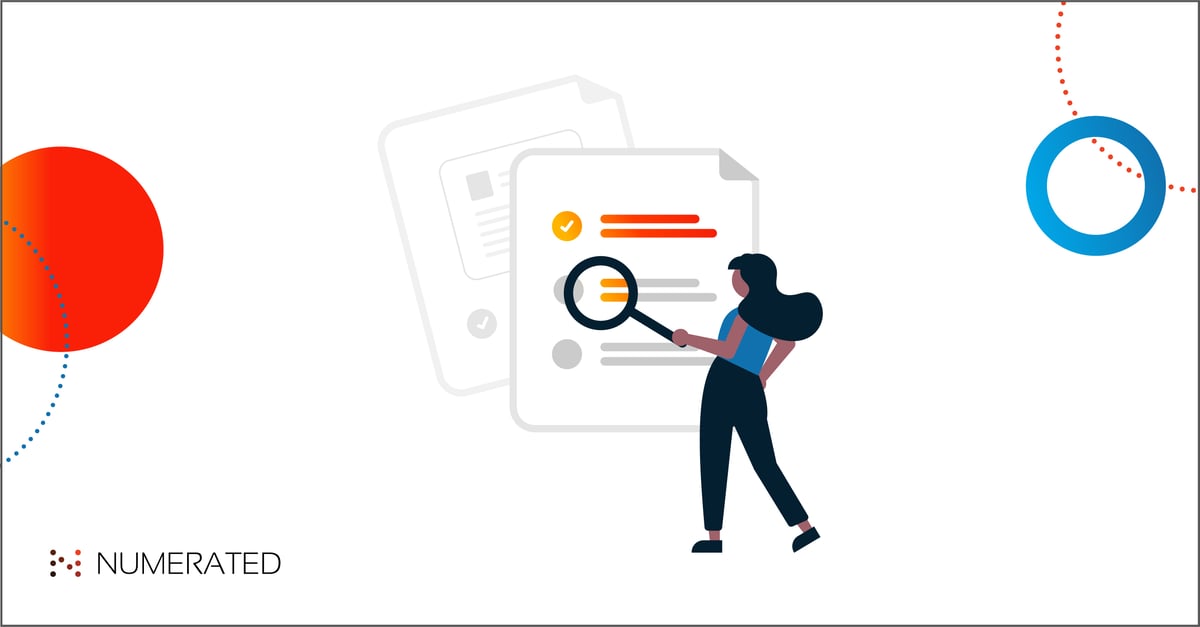
Not all financial statements are made the same. In fact, almost none of them are made the same. Financial statements are like snowflakes. They come in just as many shapes, sizes, and formats as there are businesses to create them.
At first glance this might sound strange. One would think that accepted accounting principles, such as GAAP and IFRS, would help standardize this. However, there is also flexibility left to businesses in how they share this data.
Why is There No Standardized Financial Statement?
There are several reasons why there is no true standardized business financial statement. The most prominent factor is that every business is unique, and the financial statements of a business reflect those unique aspects. A standardized financial statement would abstract much of this detail that is so important to understanding each business.
Additional factors include which bookkeeping software the business uses (if any), who they hire as their CPA or Auditor, or simply how the person preparing the financial statement wants it to look.
Why Financial Statements are Evaluated
While all businesses prepare financial statements to calculate taxes, other institutions rely heavily on financial statements too.
Banks use financials to determine the creditworthiness of a company, and the health of the business throughout the duration of a loan. Business insurance companies need to determine the financial risk when underwriting a policy. A business advisor will use financial statements to calculate dozens of metrics to better understand the business, such as how long it takes your customers to pay you, or how much money you take home for every dollar of sales.
The problem these external institutions face is that, once again, every financial statement looks different from the rest. This makes it difficult to quickly understand one business and how it compares to others in a portfolio, an industry, or a geography.
How Financial Spreading Helps
Spreading financial statements is the process of putting a set of bespoke financial statements into a standard format that is easier for the reviewer to digest. Spreading financial statements also helps to compare companies against others. However, just like financial statements, spreading approaches can look drastically different from one institution to the next.
Spreading databases exist so that an institution can set a template used for all of its business customers. However, these databases are not standard across the industry.
For example, a regional bank may have a spreading database where their employees can manually enter standardized financial statements. A debt fund may have an excel template that the entire firm uses. A community bank may not have a standardized process, but instead will allow each individual loan officer to do what is best for her.
Challenges of Spreading Financial Statements
Regardless of how an institution is set up to handle financial statement spreading, the process is frequently time consuming, prone to error, and repetitive.
Manual processes
Let's consider an analyst at a regional bank that has a spreading database. A business submits its financial statements in three separate scanned PDF documents that each contain two years of financial statements. The analyst will create a new excel template that matches their spreading database. Then, they will type numbers, one by one, into an excel template.
Because the spreading template has a different set of accounting line items than the financial statement that the business sent, the analyst has to add several rows together across the income statement and balance sheet.
Data is difficult to analyze and change
Once the spread is complete, the database will automatically calculate the multitude of ratios that are helpful for the analysis, although the ratios are "stuck" in the database and are not easy to manipulate or recalculate during the course of the analysis.
In total, the process of spreading these financials from the company-supplied documents into the bank's database will have taken well over an hour with hundreds or thousands of keystrokes, each capable of altering the opinion the analyst later forms on the company's creditworthiness. This does not count the hours upon hours of work needed to perform to get the ratios and metrics to change in real time as the analysis is performed.
Adding to the challenge is that spreading templates create layers of abstraction that make it challenging to retroactively change a template once it has been set.
For example, if a spreading template includes only one line item for operating expenses, it would be impossible to later review which companies in the portfolio have the highest personnel expense relative to sales. Once the spread is complete, the data is gone unless somebody manually spreads each and every document that contains financial statements that the bank has ever received.
There Has to Be a Better Way
More recently, technologies have been built to automatically read, understand, and capture all information from financial statements and footnotes. This allows the user to simply manipulate the data rather than keying in numbers manually from a scanned PDF to an excel template to a database.
Numerated’s financial spreading and analysis product can distill the analyst's experience to zero keystrokes and no more than a few minutes of their time. From there, they can run all of the analysis within a digital platform that saves time and allows the analyst to quickly change any subjective decisions they made while spreading and analyzing the business.
To learn more about how you can simplify your financial spreading process, visit our product page, here.
Editor's note: This blog was previously published by Fincura on January 6, 2021 and was updated on July 14, 2022. Fincura was acquired by Numerated in December of 2021 and now powers Numerated’s Financial Spreading and Analysis solution.







